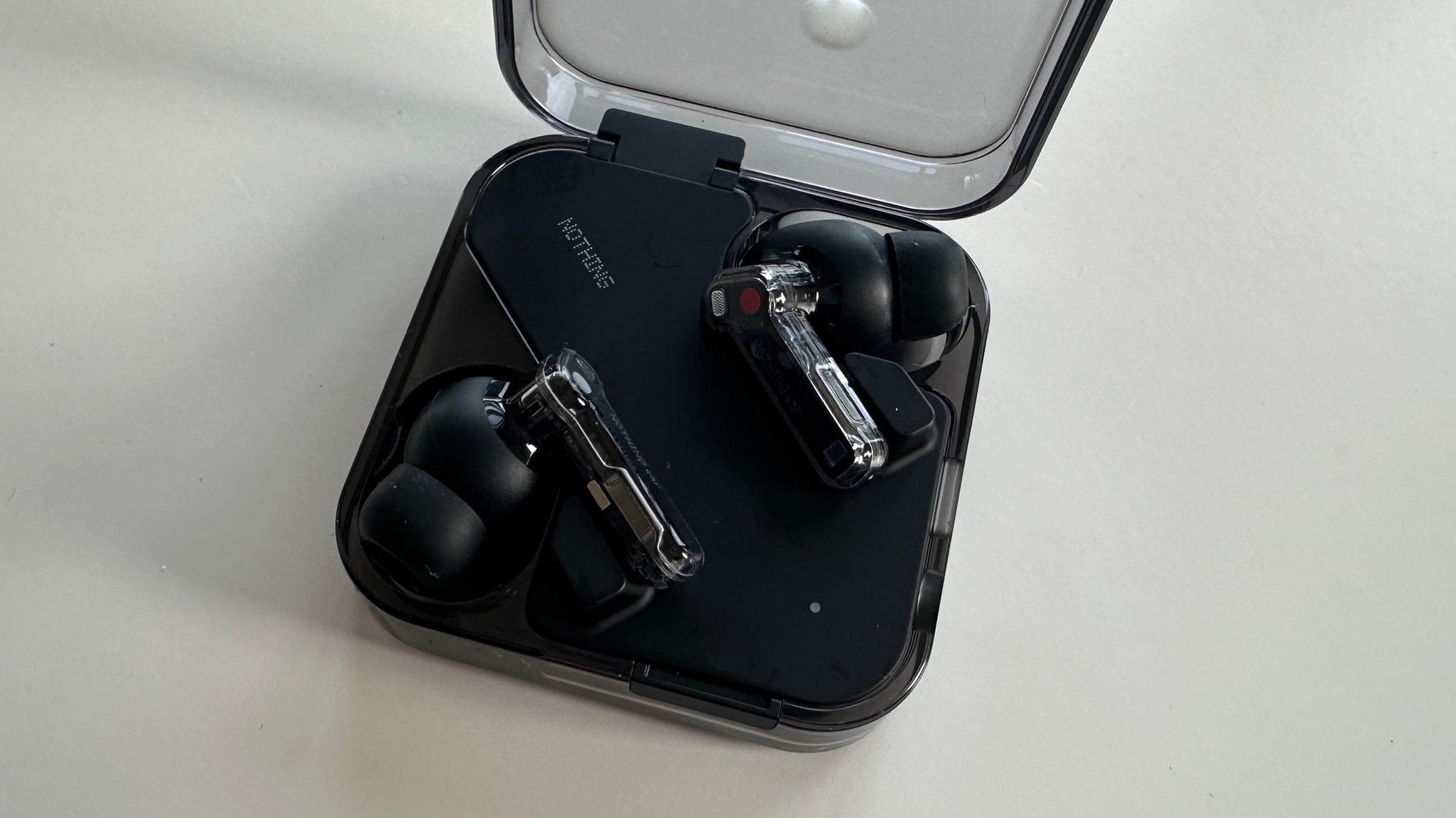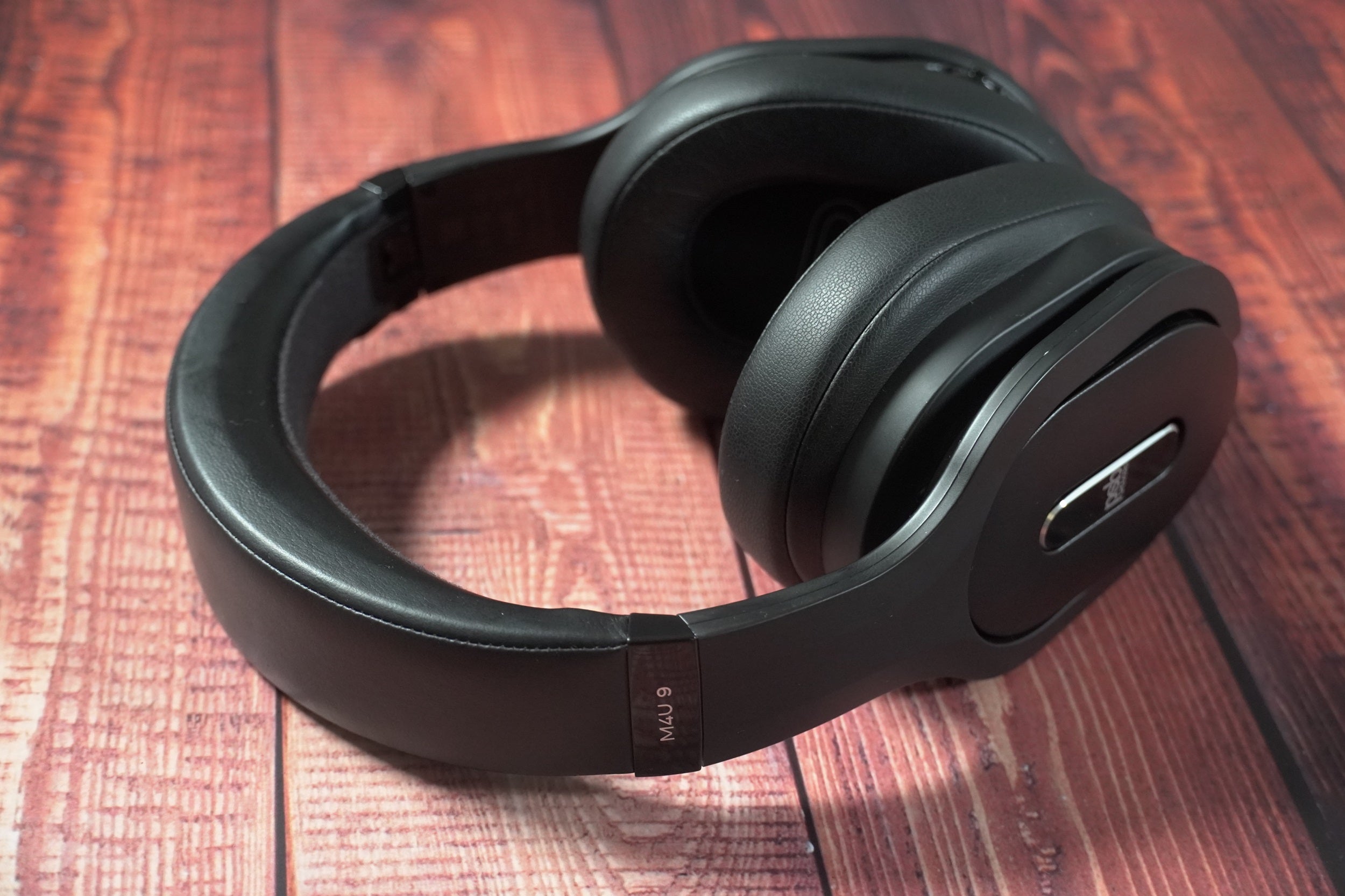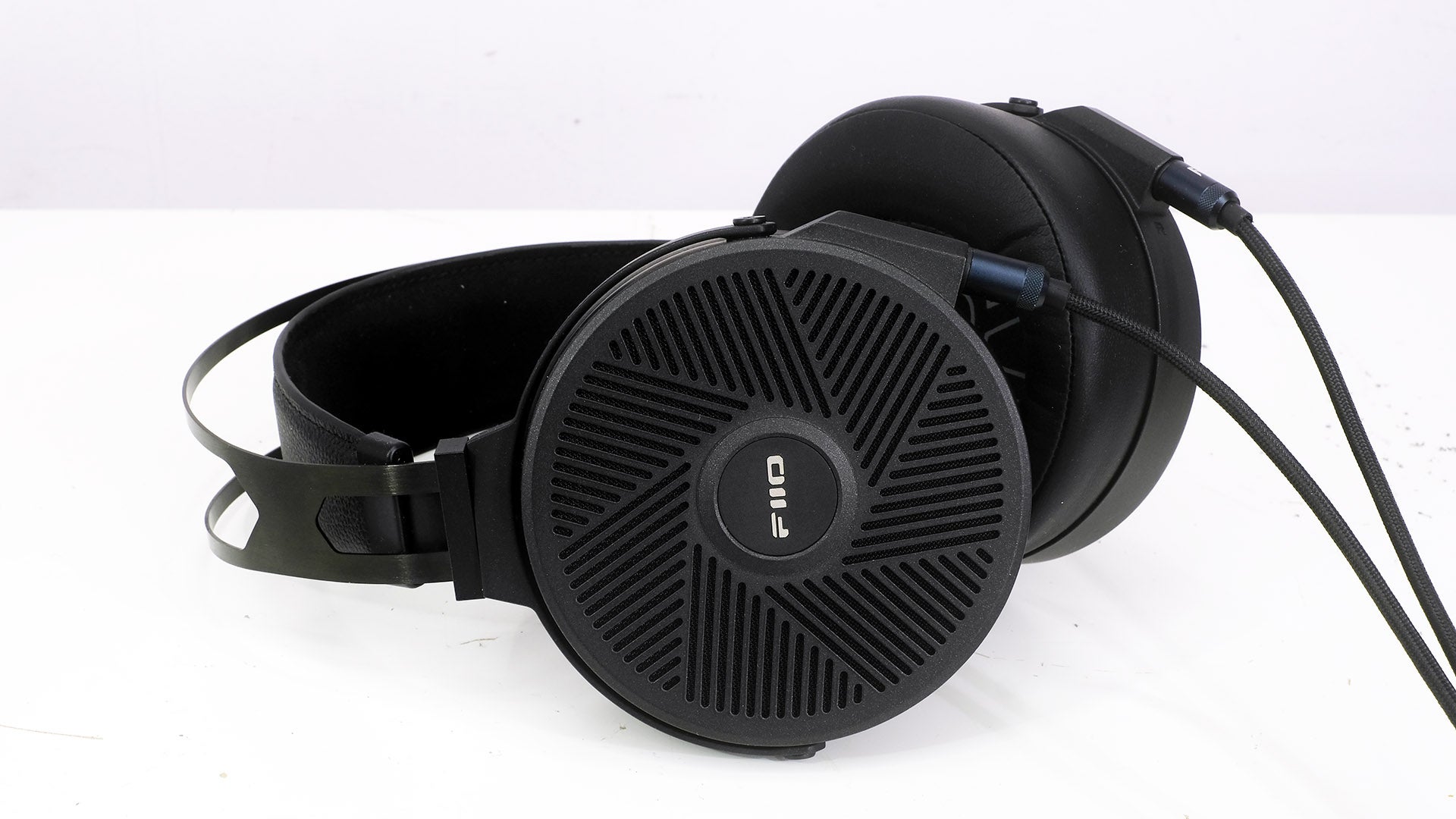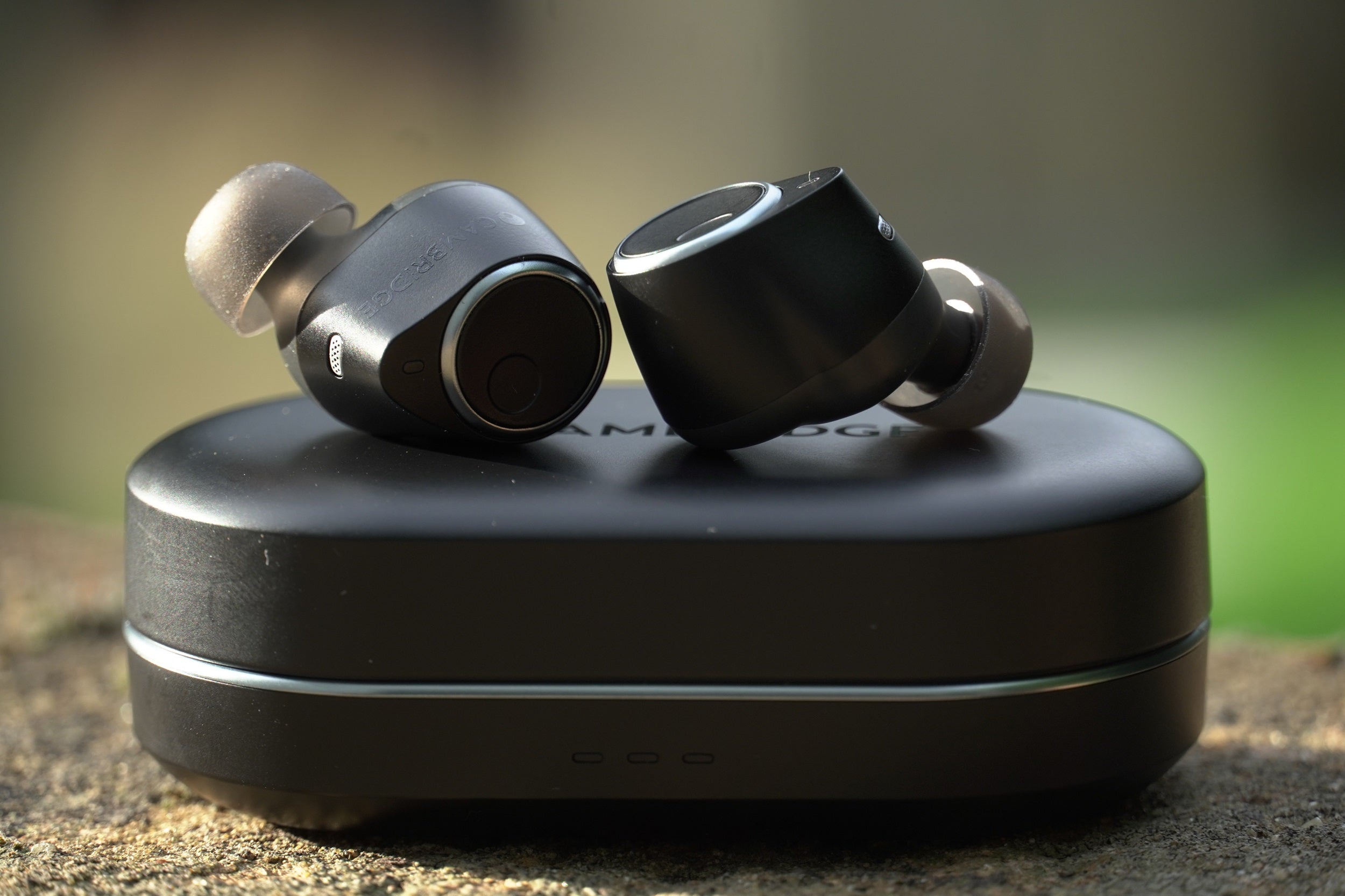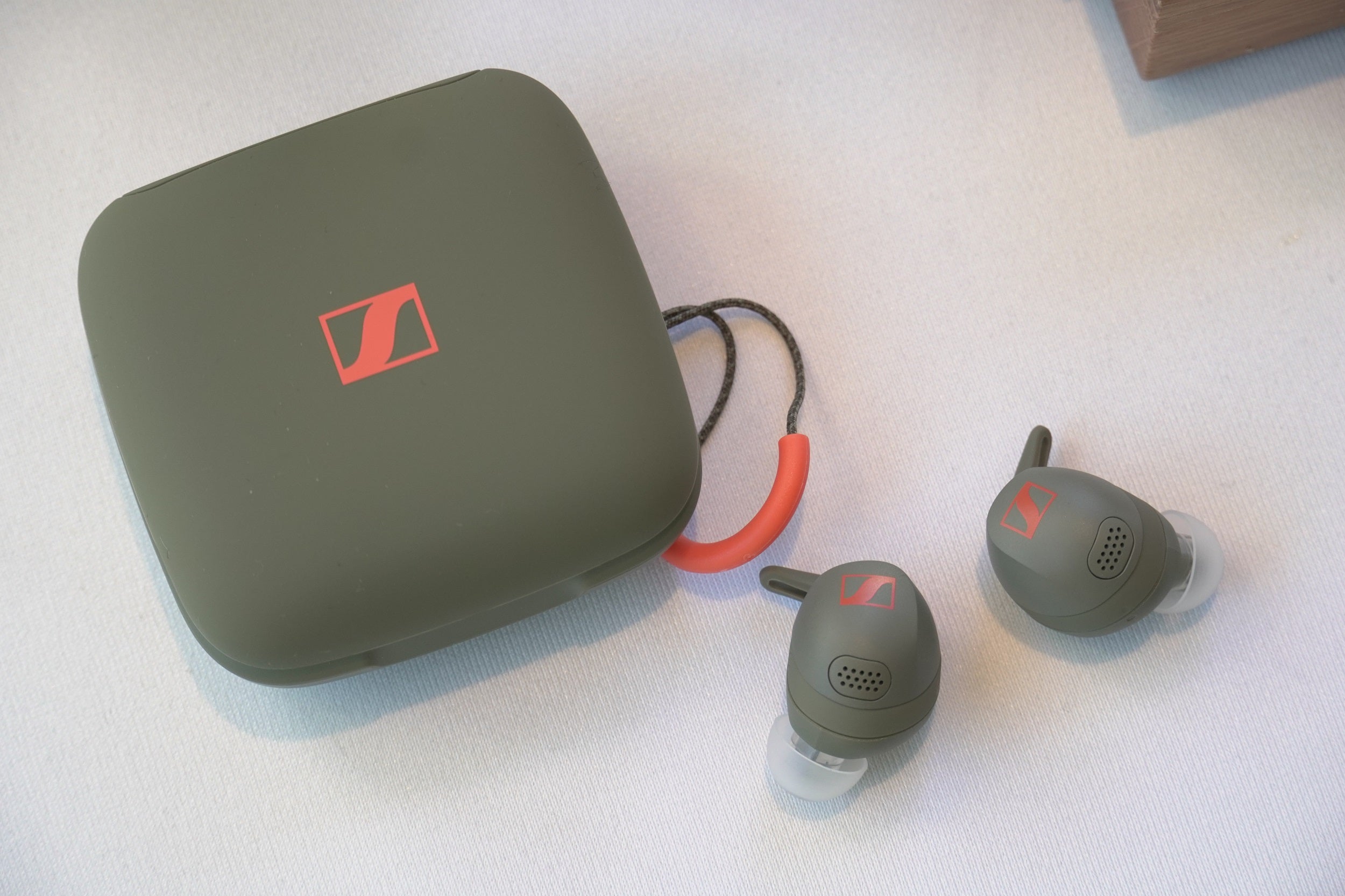Jukes Solo Wave Review
Swim-proof headphones that sound better in the water than out of it
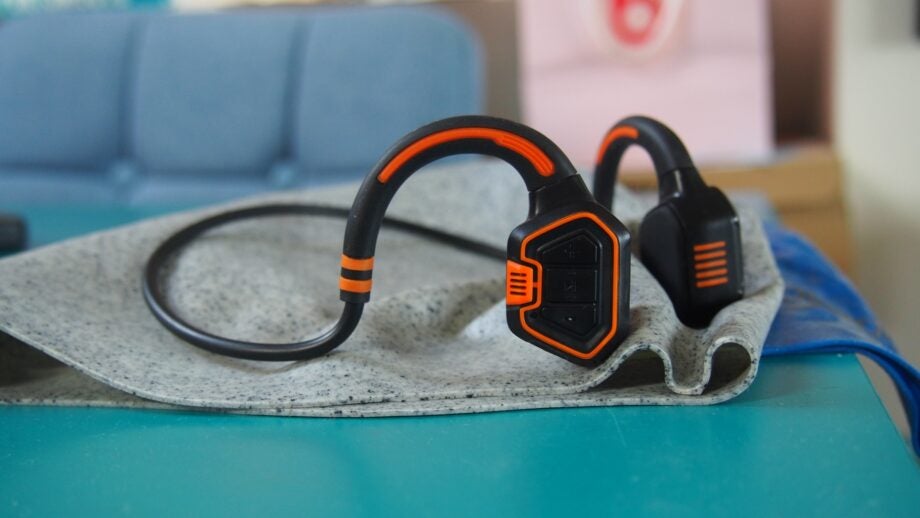
Verdict
The Jukes Solo Wave are affordable headphones that offer good sound for swims, but the bone conduction tech struggles outside against the elements
Pros
- Light design
- Good sound for swims
- Ear plugs included
Cons
- Sound performance in windy outdoor conditions
- Charging port isn’t most secure
- Shorter battery when using music player
Availability
- UKRRP: £69
- USARRP: $94
- EuropeRRP: €84.95
- CanadaRRP: CA$122
- AustraliaRRP: AU$131
Key Features
- Waterproof designRated up to IP68 for use in water
- Onboard storage16GB of storage to store music on
Introduction
The Jukes Solo Wave are bone conduction headphones made to join you on swims with an onboard music player and Bluetooth streaming modes at your disposal.
At £69, they’re a more affordable pair of swimming headphones than the Shokz OpenSwim (formerly known as the Aftershokz Xtrainerz) and the Naenka Runner Pro, which also offers dual listening modes.
Jukes undercuts both of those options and has the key things in place that should make the Solo Wave a great option for swimmers. Do they cut it in the water?
Design
- Bone conduction technology
- IP68 waterproof design
- Earplugs included for swims
The Solo Wave turn to bone conduction technology to deliver sound without blocking your ears. It does that by using transducers that send vibrations up the cheekbones and face, which are then interpreted by your brain and turned into sound.
Bone conduction headphones in general have settled on a consistent look and that’s no different with the Solo Wave. It’s a thin, headband-style, open-ear design that comes in grey, orange or blue looks, with the bigger parts of the frame sitting just in front of the ears. The thinner part of the frame has a nice flex to it and it hasn’t been at all uncomfortable to wear the Wave for runs, general workouts and swims.
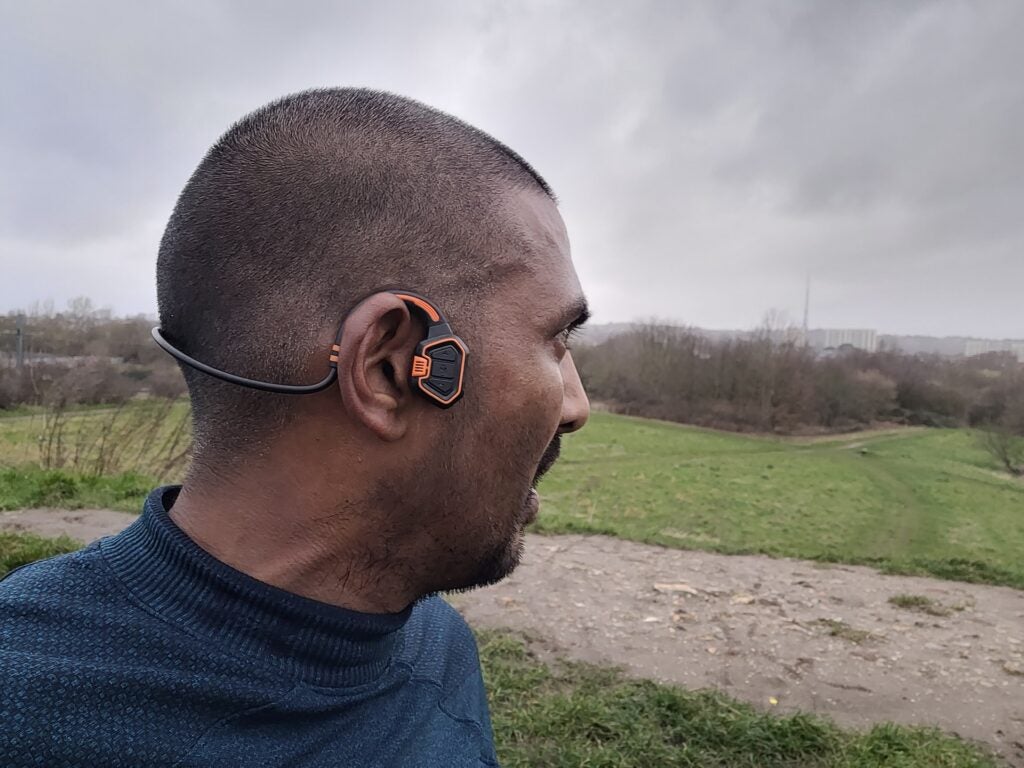
Jukes suggests wearing them with goggles and a swim cap, which is something I do with swimming headphones and it becomes very apparent why. It means they stay in position to give you the best audio experience and doesn’t come at the expense of comfort or having the headphones press firmly against the sides of the head.
The reason you can take these for a swim is because the Wave are tagged with an IP68 waterproof rating, which means it’s safe to be submerged in water up to 1.5 metres depth for up to 30 minutes. I’ve done five, 40-minute+ swims and they’re still in working order. I should add the first pair I was sent did stop working after a few swims and runs but was told it was a faulty unit. I’ve not had any issues with the new set.
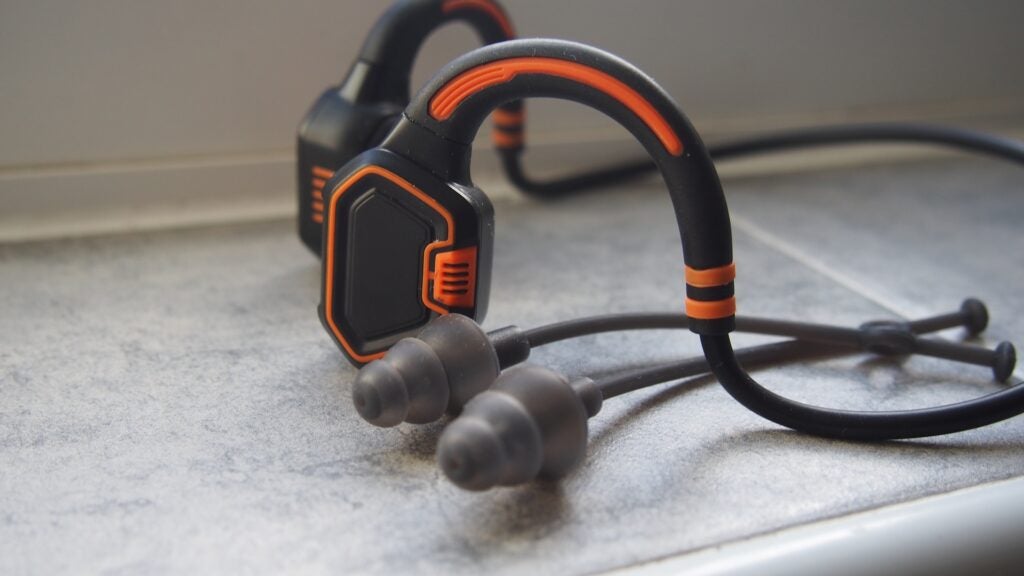
Jukes packs in some physical controls on the right side of the headphones, which give you a way to switch between listening modes, turn the volume up or down and skip back and forward tracks. They’re quite tightly packed together, which I found made it tricky to distinguish between them in the water. They’re good sized buttons and have a nice raised feel to them, but it might have been better to spread them out.
In the box, you’re getting a nice big carry case and silicone earplugs, which can be tied to the headphone frame to offer the optimal listening experience in the water. Last up is the proprietary charging cable, which clips to the right side of the headphones and is also the way to transfer music. The connection between port and cable is very flimsy, making it easy to knock out of place when charging or syncing.
Features
- 16GB music player
- 10 metre Bluetooth range
In terms of battery life, Jukes quotes a working time of 5 hours. It doesn’t say whether that applies to Bluetooth streaming or using the music player. I’d be inclined to say that applies to the former based on my testing. For an hour of swimming and running using the music player, the battery drop-off was 30%. That would work out to around just over 3 hours, so not particularly long, but enough to get you through a few long-ish swims.
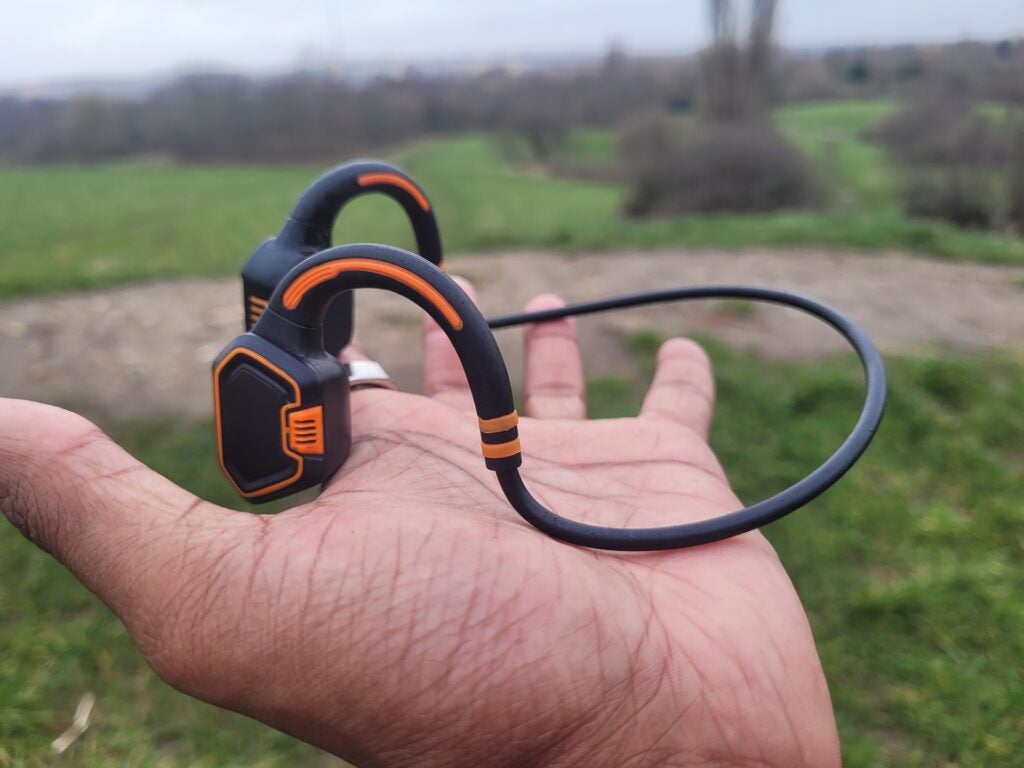
There’s two ways to listen to audio on the Solo Wave. if you’re heading into the water, you’ll need to use the 16GB music player, which gives you room for roughly 3,000 songs to pile onto it. To get that music, you’ll need to plug the headphones into a computer using that proprietary charging cable and then it’s a drag and drop job from there.
I managed to get some podcasts and the few bits of purchased music I have knocking around on my Mac, which certainly didn’t sync over in a speedy fashion. It only supports MP3 and WAV file formats so throwing on offline playlists from music streaming services is not supported here.
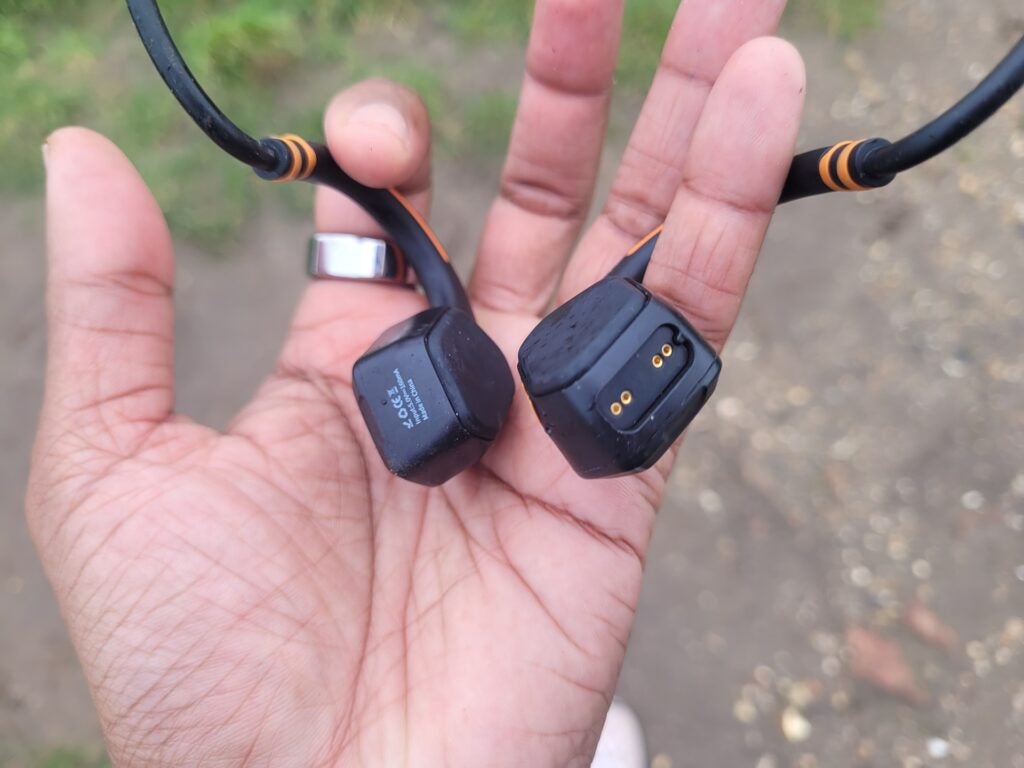
When it’s time to get in the water, you can hit the middle physical button to switch from the Bluetooth mode to the music player mode, and whatever is queued up first starts playing. You can use the earplugs provided and I used the Jukes with and without the plugs and found with both you get some pretty rewarding sound here.
Sound quality
- Solid sound when used in the water
- Emphasises clarity over bass
- Lacks balance when used outdoors
First and foremost, they’re loud and don’t sound murky or feel like they’re battling with the water and sounds around you to get that audio into your ears. I found them fine to use without the ear plugs as well. They seem to default to the loudest volume, which means stronger vibrations and can initially feel a bit unsettling, but things do settle down pretty quickly. It’s clarity over a balanced sound with a little punchiness in the bass department, but it offers a solid sound performance in the water.
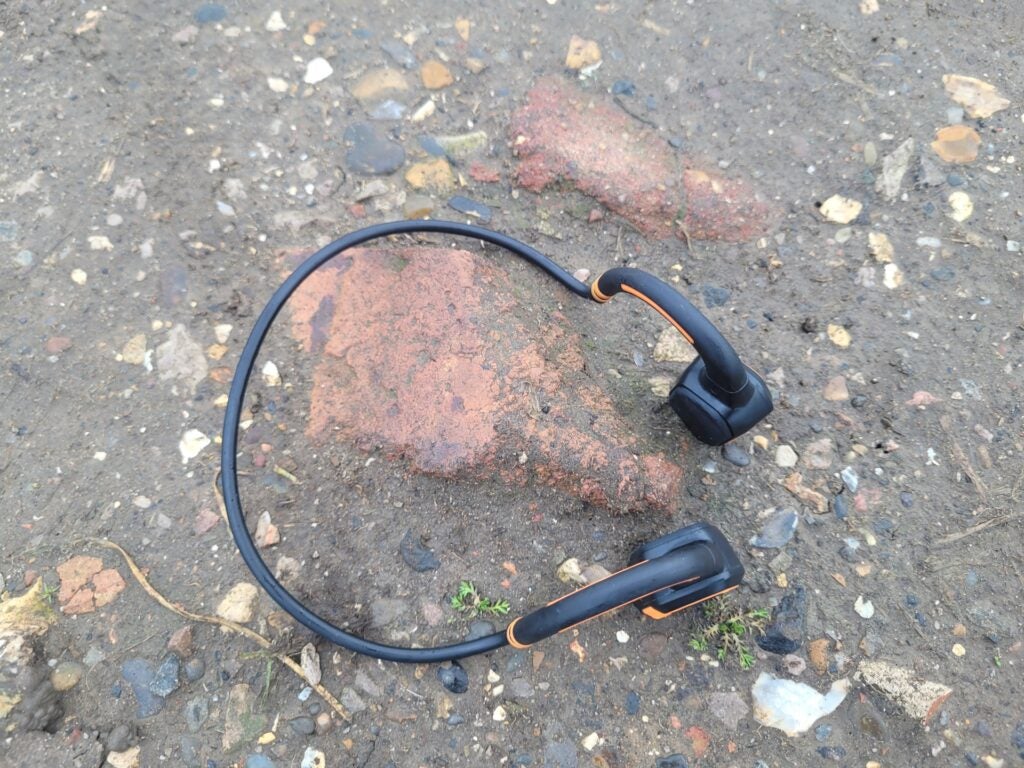
When you need to use them back on dry land, you still have that option to use the music player, but you also bring Bluetooth streaming into play. I had no issues pairing them with an Android phone or an iPhone, but in terms of the sound, I found them a little subpar when I swapped swims for outdoor runs, and its lack of balance becomes more noticeable. The top volume isn’t extremely loud, even for bone conduction headphones, where awareness is also a priority of course.
The sound was easily drowned out by windy, blustery conditions even at that top volume. The sound profile of the Jukes is typical of most bone conduction headphones where the emphasis is on clarity over power and bass, and when you turn these up those vibrations that deliver audio up your face can be felt a bit more. Ultimately, they sound better in the water than they do out of it.
Latest deals
Should you buy it?
You want swimming headphones on a budget For the price, the Solo Wave offers good sound for swims and battery life that should be good for a few hours before they need charging.
You want good sound for swims and other workouts The bone conduction doesn’t impress in the same way for other exercises as it does when you take them for a dip.
Final Thoughts
The Jukes Solo Wave deliver on that promise of headphones that you can take on swims and they sound when you do. Back on land though, the experience isn’t so good and battery life takes a noticeable hit when you use the music player. For the price though, they do a good job. If you’re hoping for headphones that sound great for swims and outside exercise, they don’t quite give you that. If you can take the hit of not so great sound outdoors, then it’s a good price to pay for a set of swim proof headphones.
How we test
We test every headphones we review thoroughly over an extended period of time. We use industry standard tests to compare features properly. We’ll always tell you what we find. We never, ever, accept money to review a product.
Find out more about how we test in our ethics policy.
Tested over the course of several days
Tested with real world use
FAQs
You can, the IP68 rating means they can be submerged below a 1.5m of water for 30 minutes and they come with earplugs for a more optimal listening experience when in the water.

